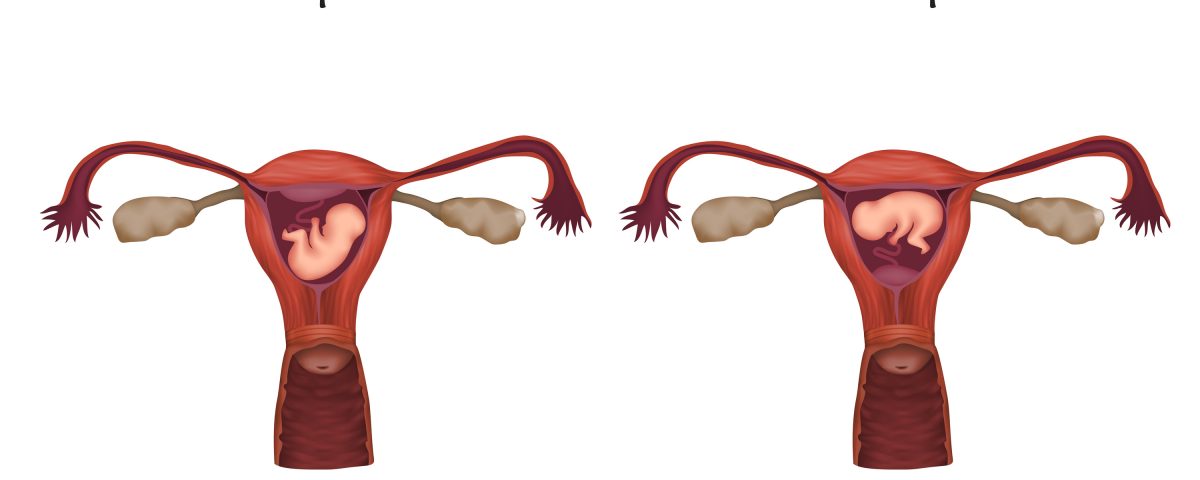What Is Placenta Previa?

When you’re pregnant, you have a tiny life growing inside of you that totally depends on you for its nutrition. Your body creates a way to feed that baby through the placenta. Unfortunately, sometimes the placenta can position itself in such a way that a pregnancy and delivery can become more complicated.
Placenta previa occurs when the placenta covers the opening to the birth canal, the cervix. In this position, it is difficult to give birth vaginally without complication.
A little information about the placenta: That little belly button we all have is left there because we were once connected to the placenta inside of our mother by a cord; the umbilical cord.
That placenta is a nourishing network of blood vessels. But, the mother’s blood and the baby’s blood do not mix. The placenta implants itself in the lining of the uterus. Through it, an exchange of nutrients takes place across the vessels. A baby’s waste products are also passed across the vessel network so that it can be removed via the mother’s body.
This nourishing layer starts low in the uterus. On early ultrasounds, it appears that every woman has some sort of placental displacement. Usually by the time that the mother is near term, the placenta has moved further up the uterine wall and the cervix is cleared for delivery.
There are three types of placenta previa:
- Complete (cervical opening is totally covered)
- Partial (only a portion of the placenta covers the cervical opening)
- Low-lying (the placenta is very close to the cervix but doesn’t cover the opening)
Causes
One cause of placenta previa is a previous cesarean section. Whenever you have surgical intervention, there is a chance of scarring internally. Scarring on the inside of the uterus may explain why the placenta moves lower.
Births among older women or women who smoke have a greater chance of developing this condition as well. If placenta previa has been seen before, the mother may be at risk for a hysterectomy later as the placenta can grow into the uterus where it is unable to be separated during birth.
Risks
Placenta previa presents some significant risks to the mother. She may hemorrhage during or before delivery. As the cervix widens and thins, the placenta can tear causing blood loss which can compromise the health of both mother and baby. A cesarean section may need to be performed to deliver the baby safely. This causes a problem as any subsequent pregnancies will be at greater risk for the same condition.
An ultrasound will need to be done later in pregnancy to determine if a placenta previa is present. If it does occur, you and your doctor will discuss options so that you and your baby will both be safe and sound.
